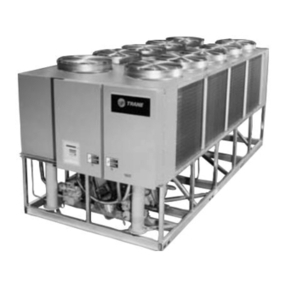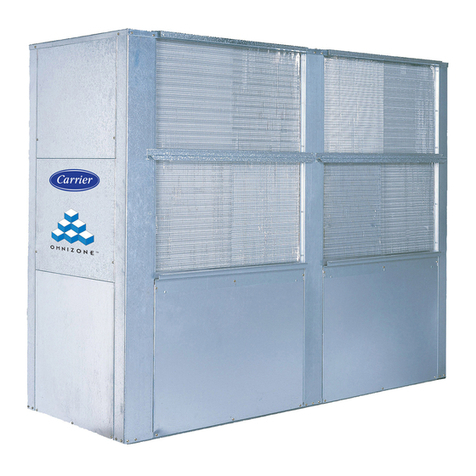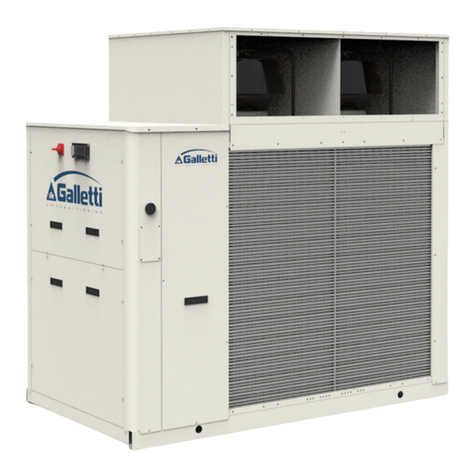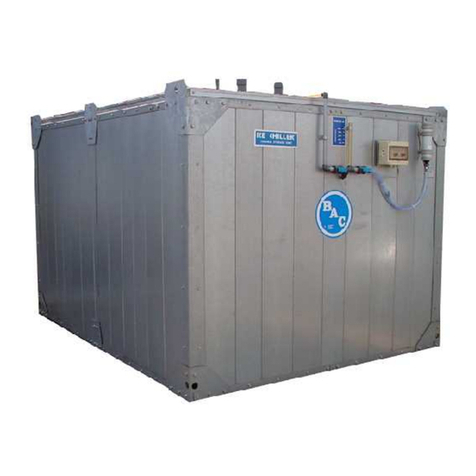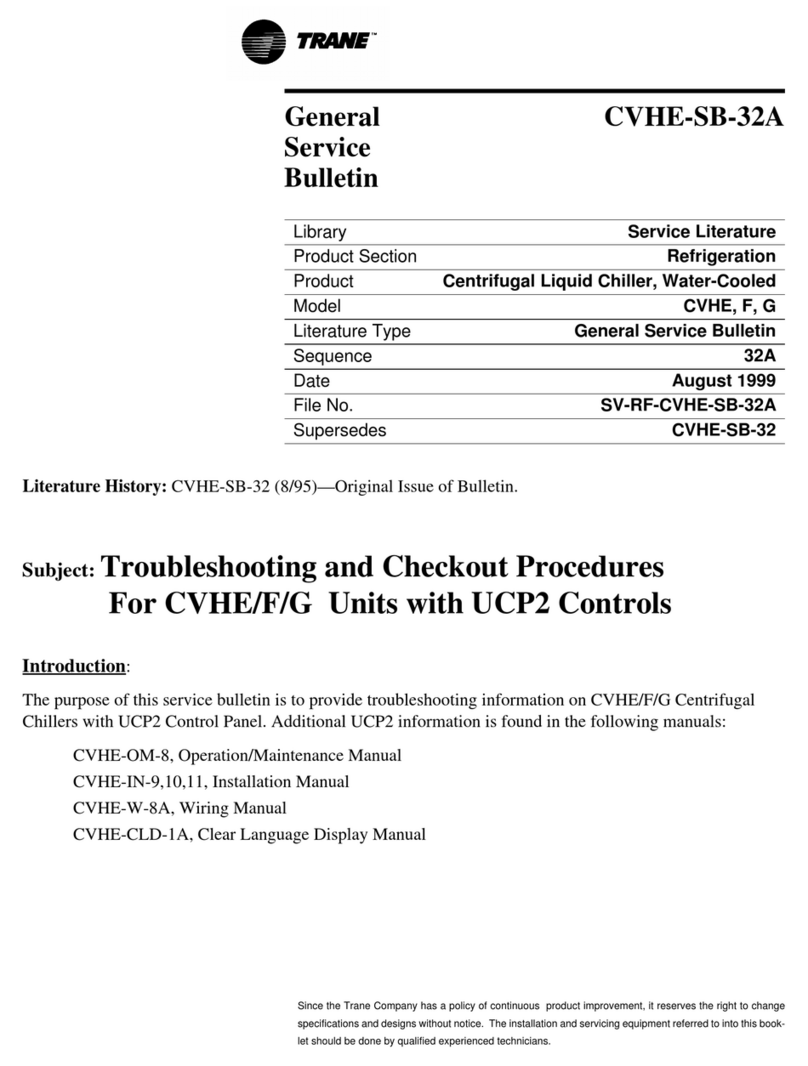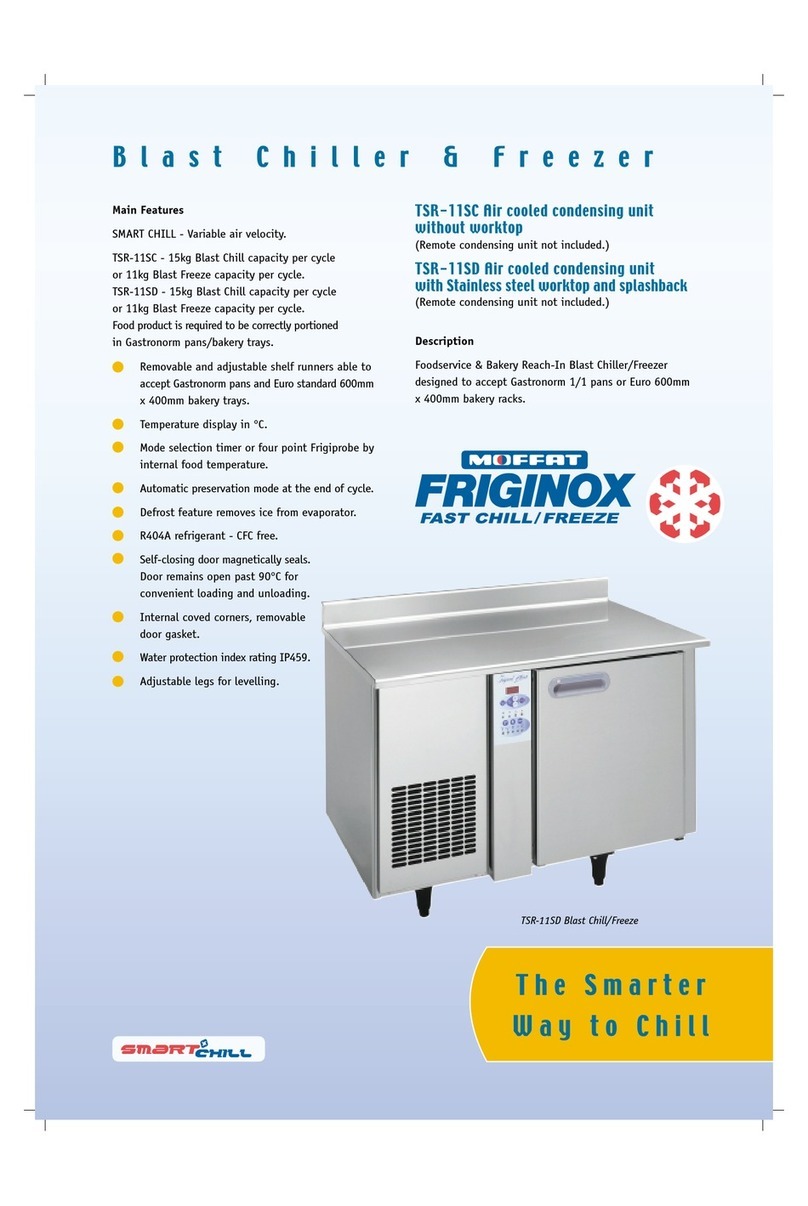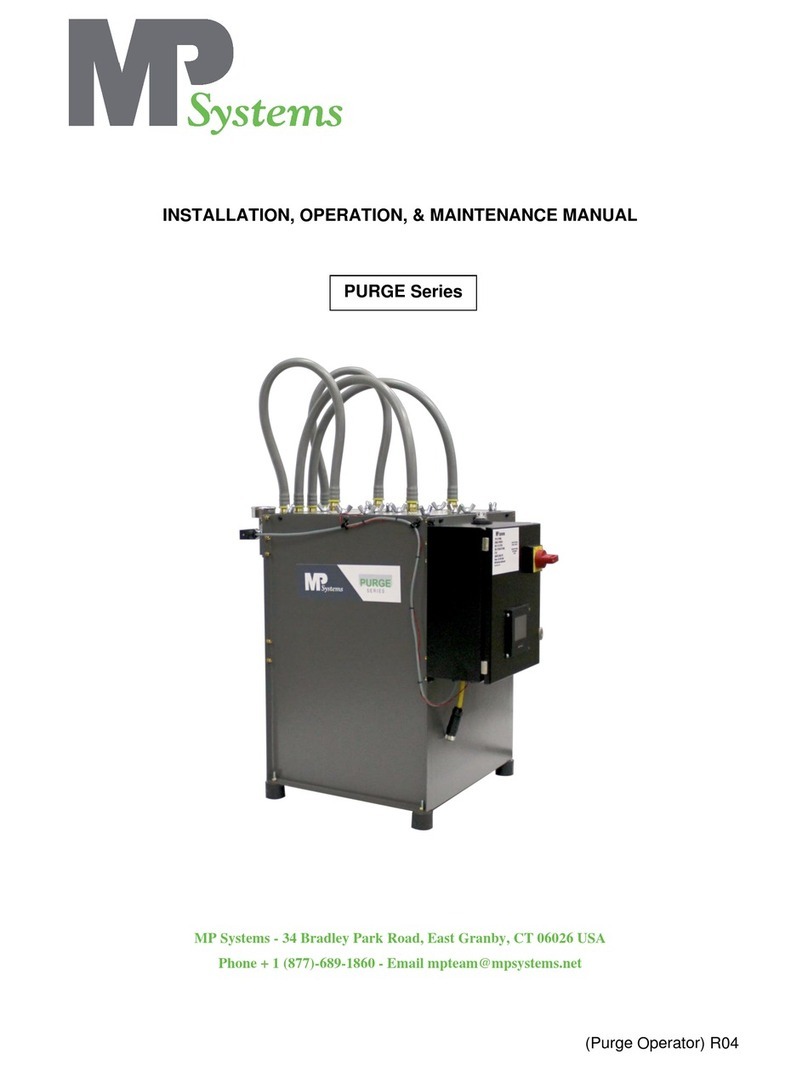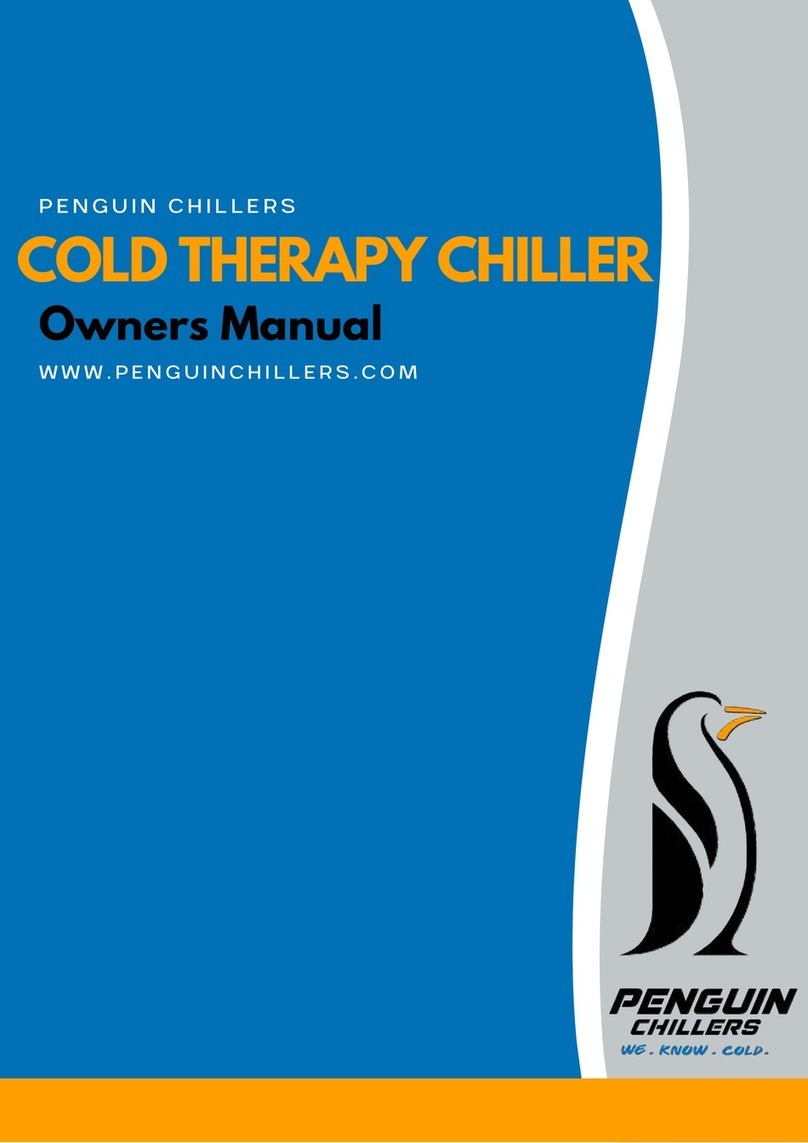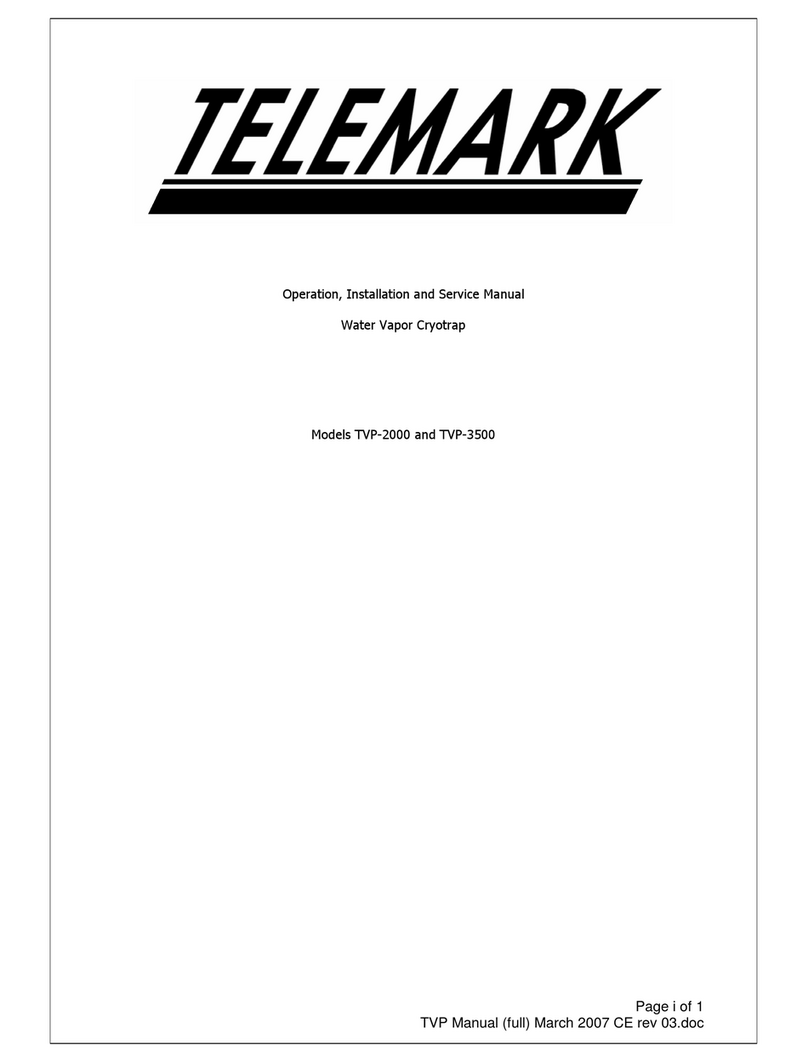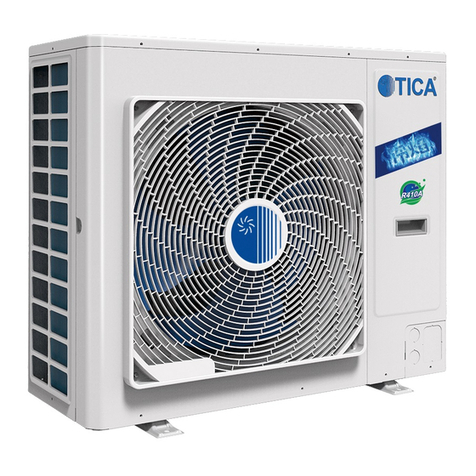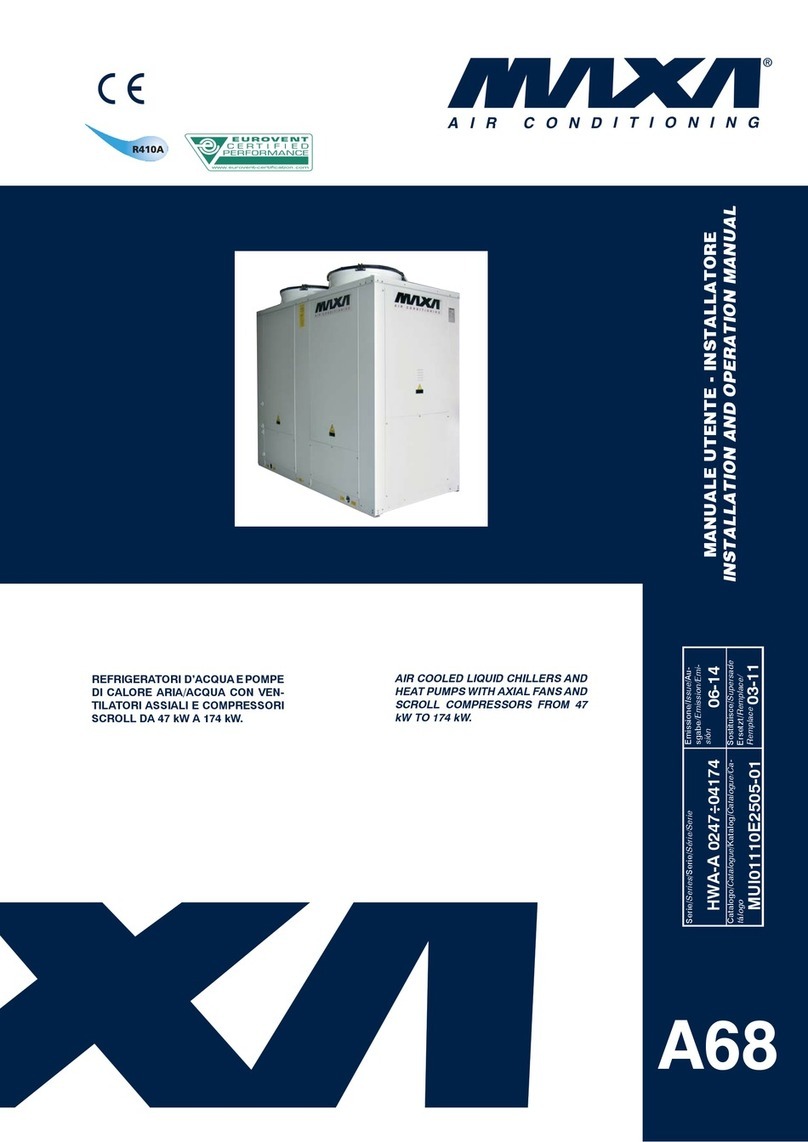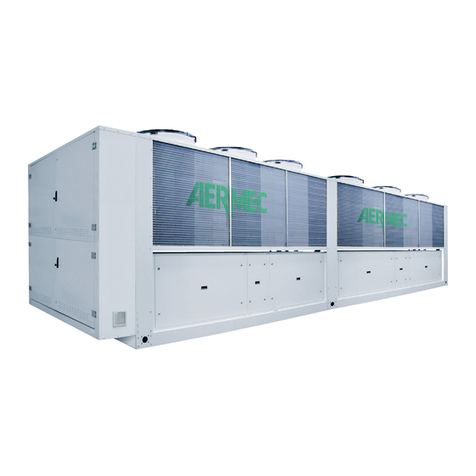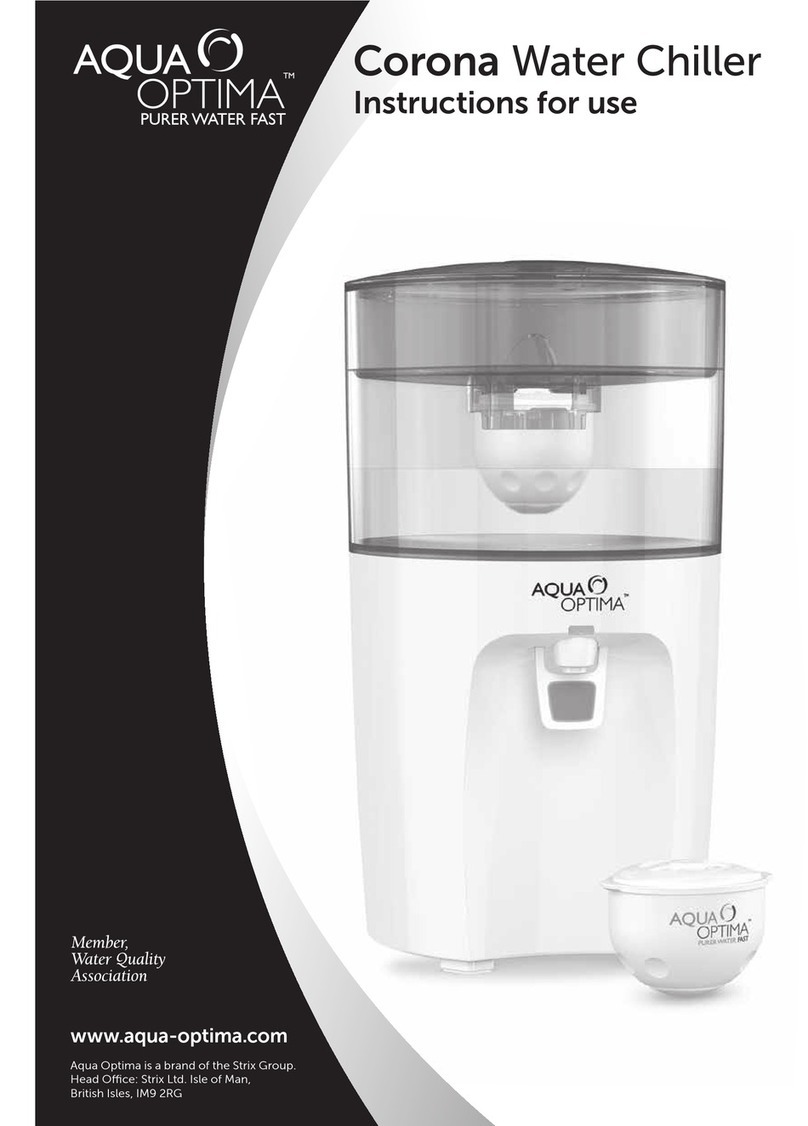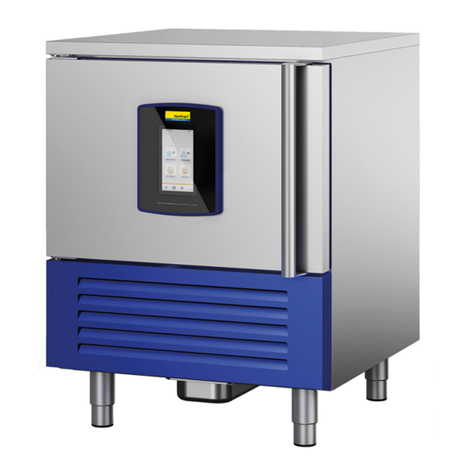
4
WWW.BALTIMOREAIRCOIL.COM.AU
MAR210-2
CAUTION: Pressure greater than
69 kPa may cause damage to
the distribution system.
After 24 hours of operation
under thermal load, perform the
following services:
9Check the unit for any
unusual noise or vibrations.
9Check the operating water
level in the cold water basin.
9Adjust make-up valve if
necessary.
9Check the belt tension and
readjust if necessary.
9Inspect the spray nozzles
and heat transfer section.
Start-up
• Prior to seasonal start-up, lubricate the motor base adjusting
screw(s) and fan shaft bearings. At initial start-up, no bearing
lubrication is required since the bearings are factory lubricated prior
to the shipment.
• Apply RUST VETO® to steel shafts.
• Fill the cold water basin with fresh water up to the overow level via
the make-up valve.
–Water Treatment for New Installations: Initiate the biocide water
treatment program at this time.
–Water Treatment for Seasonal Start-up or after a Shutdown
period in excess of three days: Resume the biocide treatment
program or administer a shock treatment of appropriate biocides
prior to operating the cooling tower fans. This will eliminate
accumulated biological contaminants.
• Set the make-up valve oat so the water shuts off at the overow level.
• Start the unit pump and check for the proper rotation indicated by
the arrow on the pump cover.
• On installations where the unit pump was not furnished by BAC,
a globe valve should be installed in the pump discharge line and
the pump ow rate adjusted to the correct water ow and pressure
(2.25 psig at spray header connection).
• Check that the oat operated make-up valve is operating freely.
Closely monitor water level and adjust as necessary during the rst
24 hours of operation.
• Check the nozzle spray pattern as described in “Water Distribution
System and Heat Transfer System” on Page 19.
• Open the valve in the tower bleed line, and adjust the bleed by
closing or opening the valve.
• Verify fan tip clearance is between 3mm and 13mm.
• For initial start-up, bump the fan motor and note the direction of
rotation. Start the fan motor(s) and verify proper fan rotation without
obstruction. The fan(s) should rotate in the direction indicated by
the arrow on the fan cowl.
• Run the fan in manual mode for several minutes to check for any
unusual noise or vibrations.
• For a 2-speed motor, check to ensure the starter includes 15 second
time delay when switching from high speed to low speed.
• Check the operation of the optional vibration cutout switch.
• Once the cooling tower is operating, check the current and the
voltage of all three phases (legs) of the fan motor with a heat load
on the tower under warm ambient conditions. The current must not
exceed the nameplate ratings.
